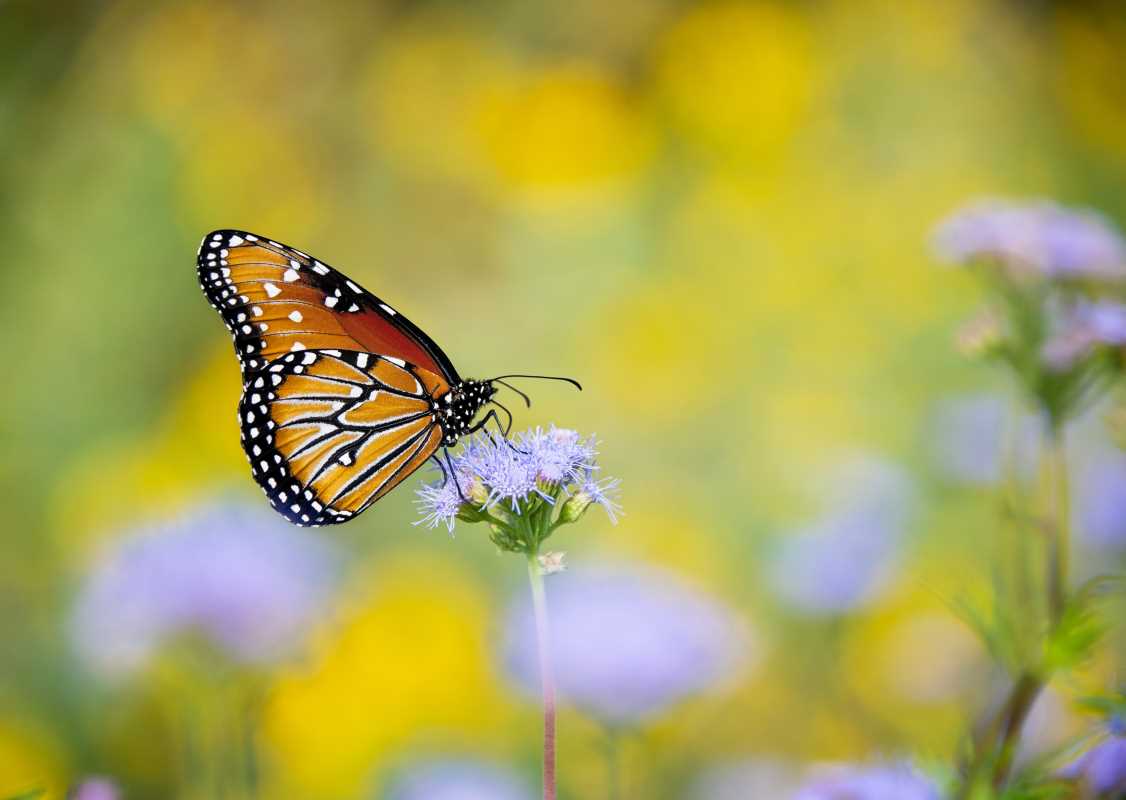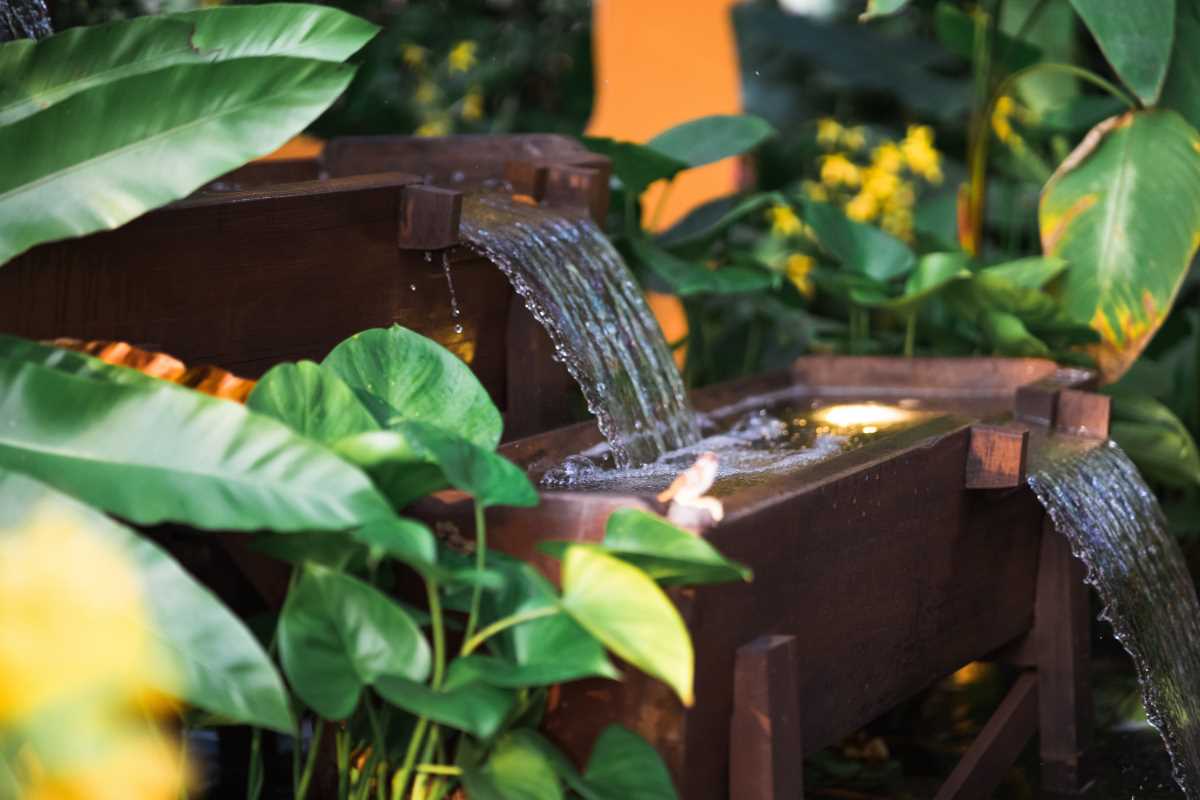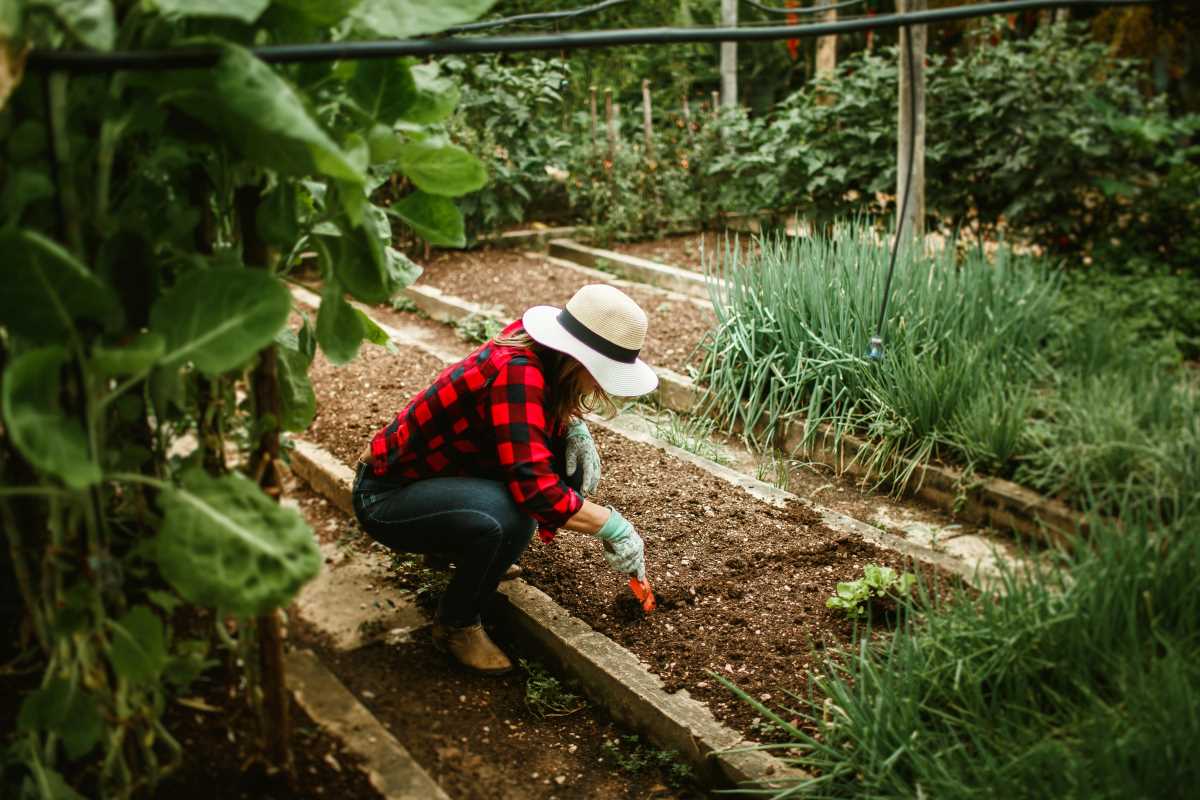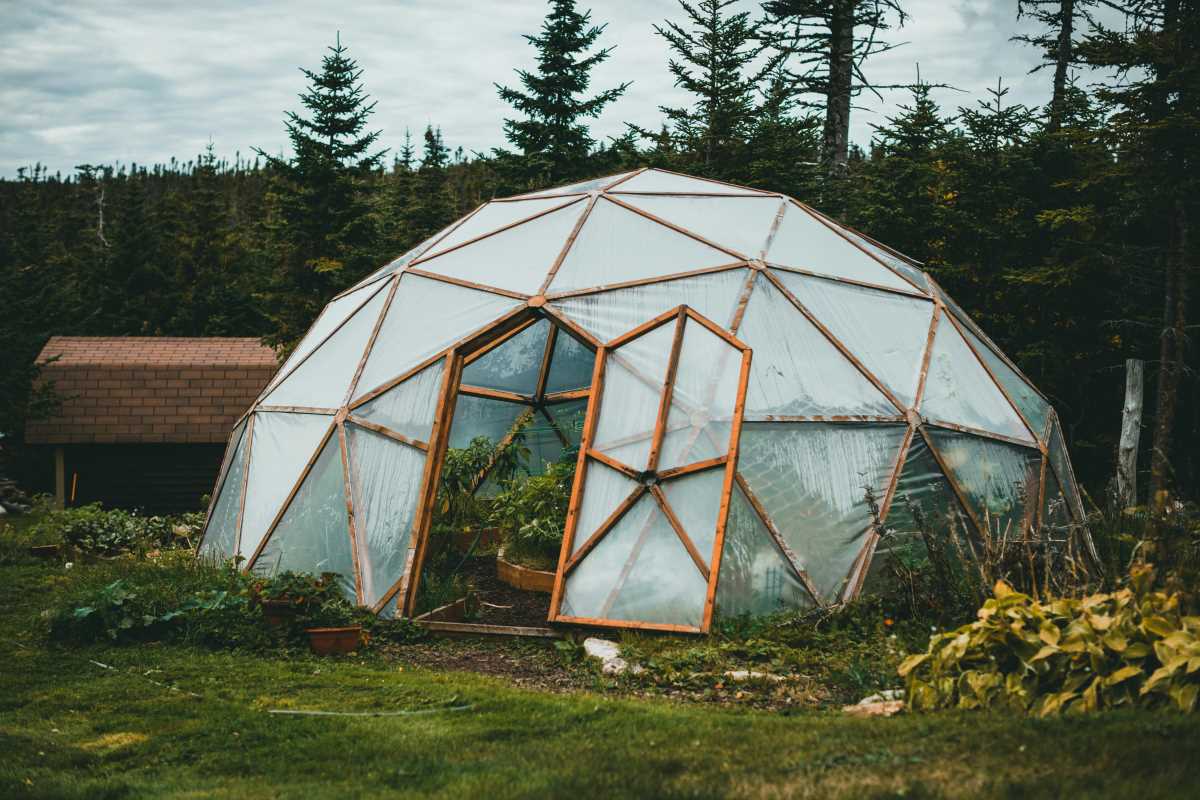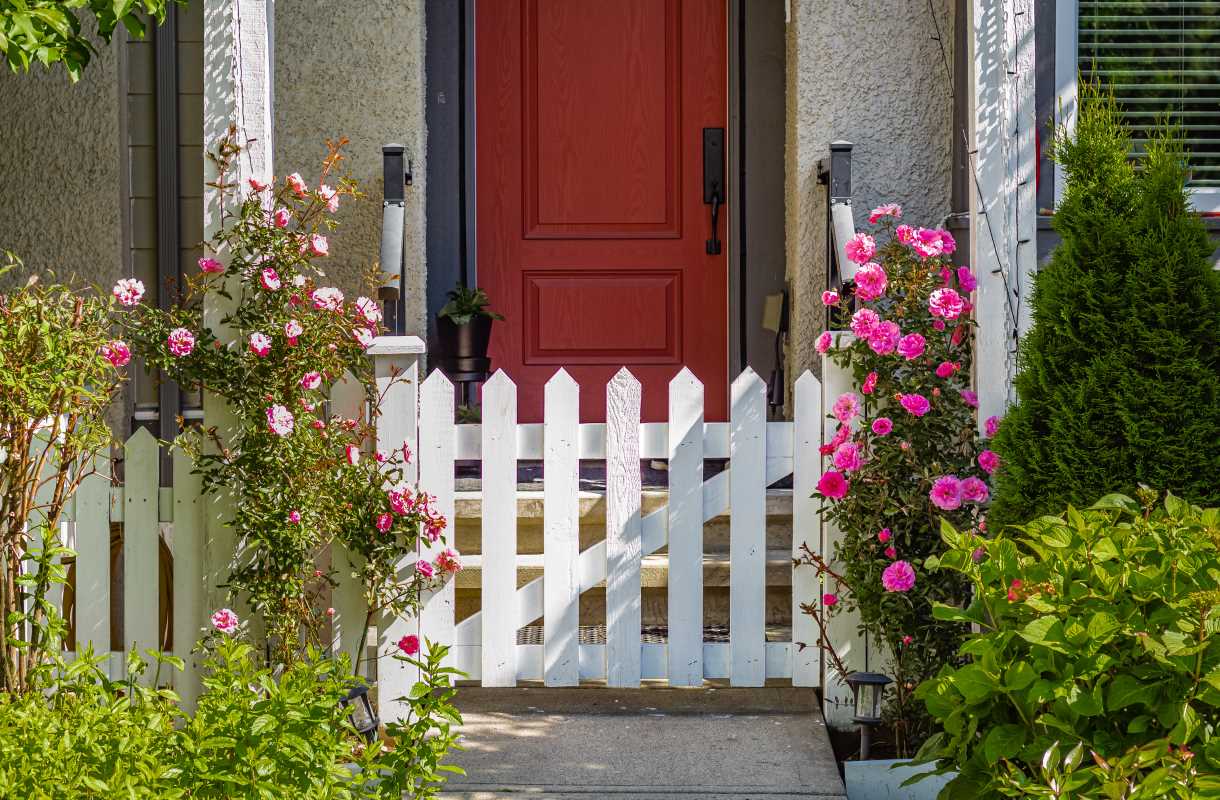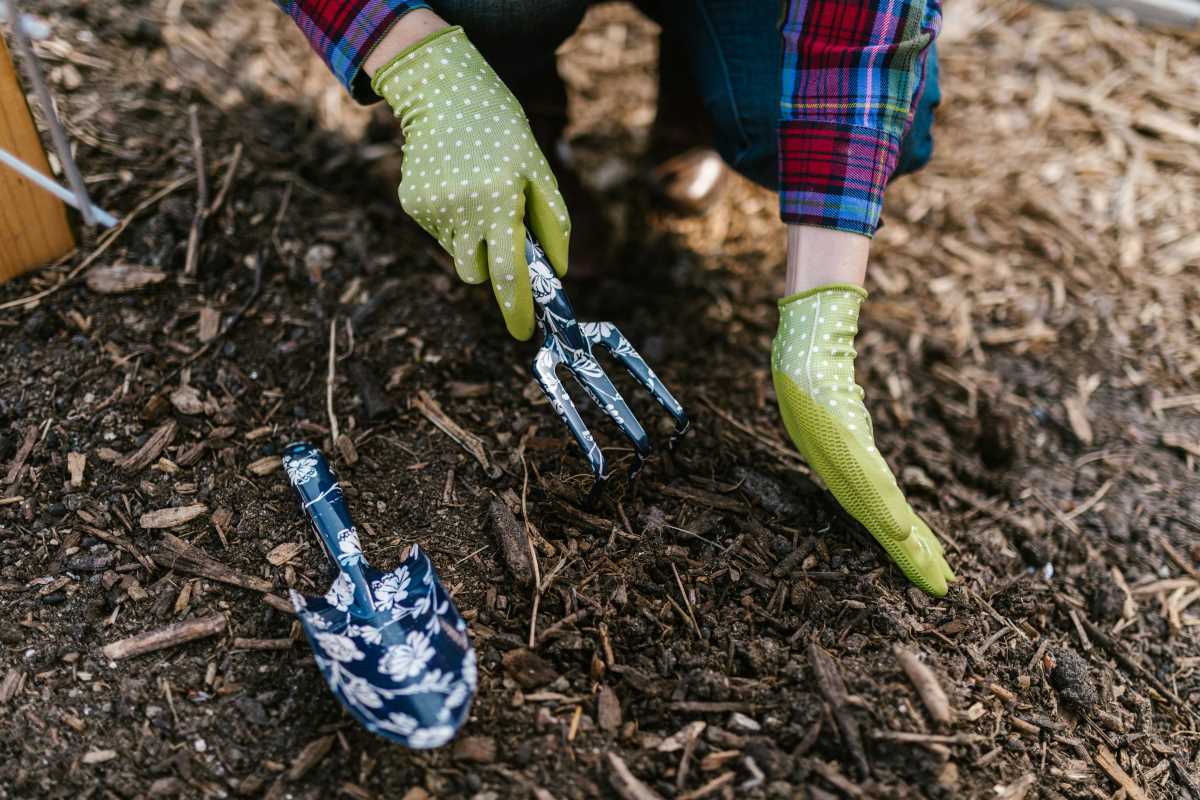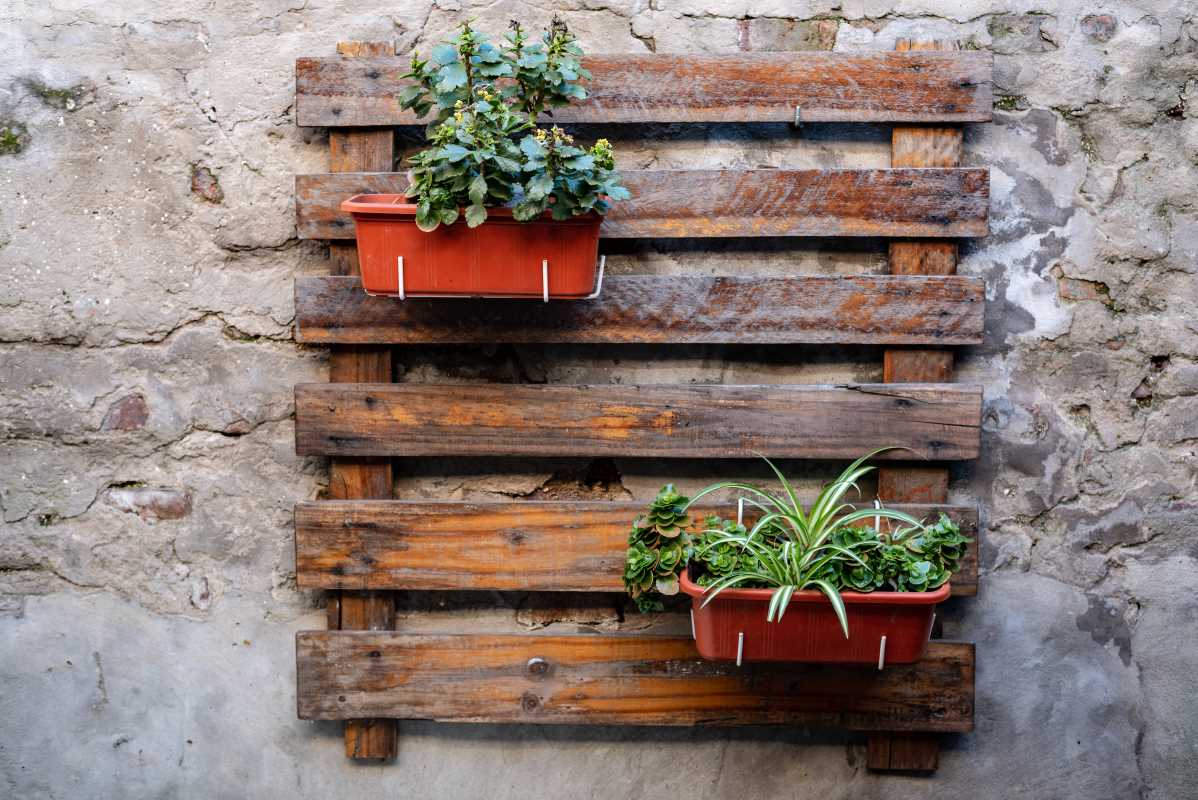Transform your backyard into a vibrant oasis by setting up a pollinator-friendly water station. This delightful project infuses your outdoor area with lively colors and buzzing activity, as it attracts essential pollinators like bees and butterflies. These hardworking creatures play a crucial role in maintaining the health of our environment, and your water station provides them with a much-needed sanctuary. Beyond enhancing the beauty of your yard, this initiative fosters a harmonious ecosystem right outside your door. Embrace the joy of watching nature flourish as you contribute to the well-being of these vital species.
When you set up a water station, you create a welcoming oasis that provides vital hydration for pollinators. A small tip: small changes in your yard can make a huge impact on the health of your local ecosystem, making your outdoor sanctuary more vibrant and lively.
Why Pollinators Need Water
Pollinators depend on water to survive and carry out their daily activities. Without access to water, these important creatures face increased stress and may even struggle to perform their natural roles in an ecosystem.
- Water helps them regulate body temperature during hot days
- It supports their energy levels while they search for nectar and pollen
- It aids in digesting their food and maintaining healthy physiology
- It helps them prepare for long journeys during migration periods
These small creatures need water that is easily accessible. A well-designed water station provides a reliable source of hydration that keeps pollinators active and contributes to a healthier garden.
Choosing the Right Spot for Your Water Station
Selecting the proper location for your water station is a crucial step to ensure the success of your project. Think about spots where sunshine, shelter, and easy access to both plants and insects come together to create a balanced setting.
- Find a shaded area that protects the water from overheating while still receiving enough sunlight for a pleasant appearance.
- Pick a spot near blooming flowers or greenery so that pollinators naturally pass by.
- Avoid areas with heavy foot traffic, which may scare away the small visitors you want to help.
- Ensure the site is safe from potential pesticide exposure to keep the station clean and toxic-free.
Pay close attention to the natural flow of your garden layout. A station hidden behind some natural shrubs might work well, yet it remains easy for pollinators to find amidst all the green leaves and colorful blooms.
Materials You'll Need
Before starting your project, gather all the necessary supplies to avoid interruptions later on. Having all these items on hand makes the process smoother and more enjoyable.
- A shallow dish or tray
- Small pebbles or stones
- A water fountain pump (optional for circulation)
- Non-toxic, weather-resistant paint for decoration
- A small brush and gloves for applying paint
- Sticky, secure materials to hold your setup in place
Using familiar tools and materials that you might already have in your shed can add a personal touch to your water station. Simple, non-proprietary items give you the flexibility to be creative while taking good care of your garden residents.
Step-by-Step Guide to Building a Pollinator-Friendly Water Station
Start your project by preparing the base of your station. Thoroughly clean your chosen shallow dish or tray and then place a layer of small pebbles at the bottom to let the pollinators drink without drowning. The pebbles provide gripping spots for bees and butterflies and help maintain a balanced water level. Next, add fresh water until it just covers the stones. If you want a gentle flow, include a small fountain pump to keep the water moving. This steady ripple makes a soothing sound, inviting curious pollinators to take a closer look at the water stations.
Once your base is ready, add decorative touches that attract pollinators. Use non-toxic, weather-resistant paint to create colorful designs along the edge of the dish. Secure the station on a stable surface using adhesives or a safe mounting method. Position any added elements in a way that does not block access to the water. A well-constructed setup not only provides hydration for your buzzing visitors but also acts as a delightful focal point in your outdoor space.
Tips for Attracting More Pollinators
Your unique water station can quickly become a hotspot for local wildlife if you follow a few simple tips. First, add extra features that meet the needs of birds and small mammals to expand the benefits of your design. An intermittent water spray or a small pool for occasional bathe sessions can double the attraction with minimal effort.
Plant a variety of blooms nearby to serve as natural feeders when they are in season. Keep the area free of clutter and add another layer of charm with a subtle watering system.
Maintaining Your Water Station
Regularly checking and cleaning your water source helps keep it inviting and safe for pollinators. Make it a habit to monitor the water level and clean the station every couple of weeks to prevent algae or dirt buildup. This proactive maintenance safeguards your garden’s health and encourages more visitors.
- Empty and refill the water weekly to prevent stagnation
- Wash out your dish and pebbles periodically to remove debris
- Inspect the setup for wear and tear, especially after heavy rain
- Rearrange or replace items as needed to maintain durability
Keeping your station clean ensures every visitor finds a refreshing drop of water. Spending a little time on upkeep rewards you with a lively and efficient addition to your garden.
Your backyard will become a vibrant and beautiful space, proving that simple projects can greatly enhance outdoor balance and harmony.
 (Image via
(Image via